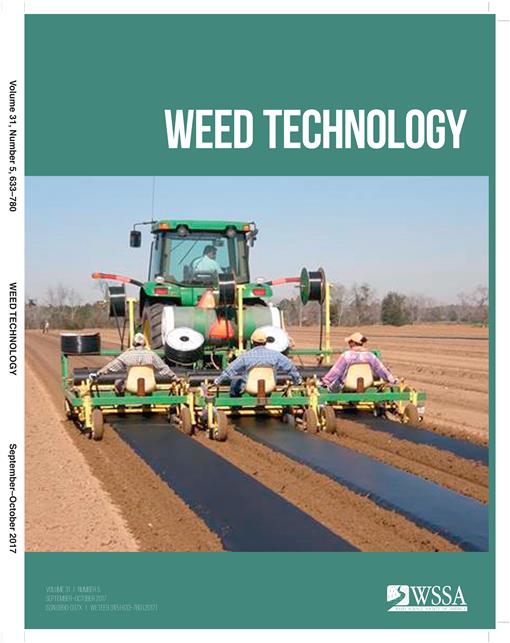Annual bluegrass seedhead suppression on golf greens by spring-applied plant growth regulators (PGR) has been erratic between years and locations. To effectively suppress annual bluegrass seedheads on greens, current information suggest ethephon must be applied before floral initiation. Rogue seedheads, however, can sometimes be found in late winter indicating that a variable proportion of annual bluegrass plants may induce floral initiation in winter. Studies were conducted in Blacksburg and Harrisonburg, VA at five separate sites between 2011 and 2012 to determine if winter applications of ethephon or mefluidide would improve annual bluegrass seedhead suppression when applied in advance of a spring, two-treatment program. A spring, two-treatment program of ethephon plus trinexapac-ethyl reduced annual bluegrass seedhead cover 22 to 55% depending on trial and less than similar mefluidide programs. Applying an early application of ethephon in January or February prior to the spring treatment program resulted in 5 to 7 times less seedhead cover at cover maxima than the spring treatment program alone. Ethephon did not injure creeping bentgrass and caused only slight and transient discoloration to annual bluegrass. Mefluidide injured both creeping bentgrass and annual bluegrass and reduced annual bluegrass population density in late spring. Programs that consisted of an early ethephon application, a spring treatment of triademifon, and two spring treatments of ethephon plus trinexapac ethyl improved seedhead suppression and turf quality but slightly increased annual bluegrass injury. Methiozolin suppressed annual bluegrass seedheads primarily through severe injury to annual bluegrass, which led to a decline in turfgrass quality and NDVI but a substantial increase in creeping bentgrass cover. Applying PGRs in winter is a novel concept and may substantially improve ethephon consistency and performance for annual bluegrass seedhead suppression on greens.
Nomenclature: Ethephon; mefluidide; methiozolin, 5-(2, 6-difluorobenzyl)oxymethyl-5-methyl-3-(3-methylthiophen-2-yl)-1, 2-isoxazoline, code names: EK-5229, SJK-03, and MRC-01; triademifon; trinexapac-ethyl; annual bluegrass, Poa annua L. POAAN; creeping bentgrass, Agrostis stolonifera L.





